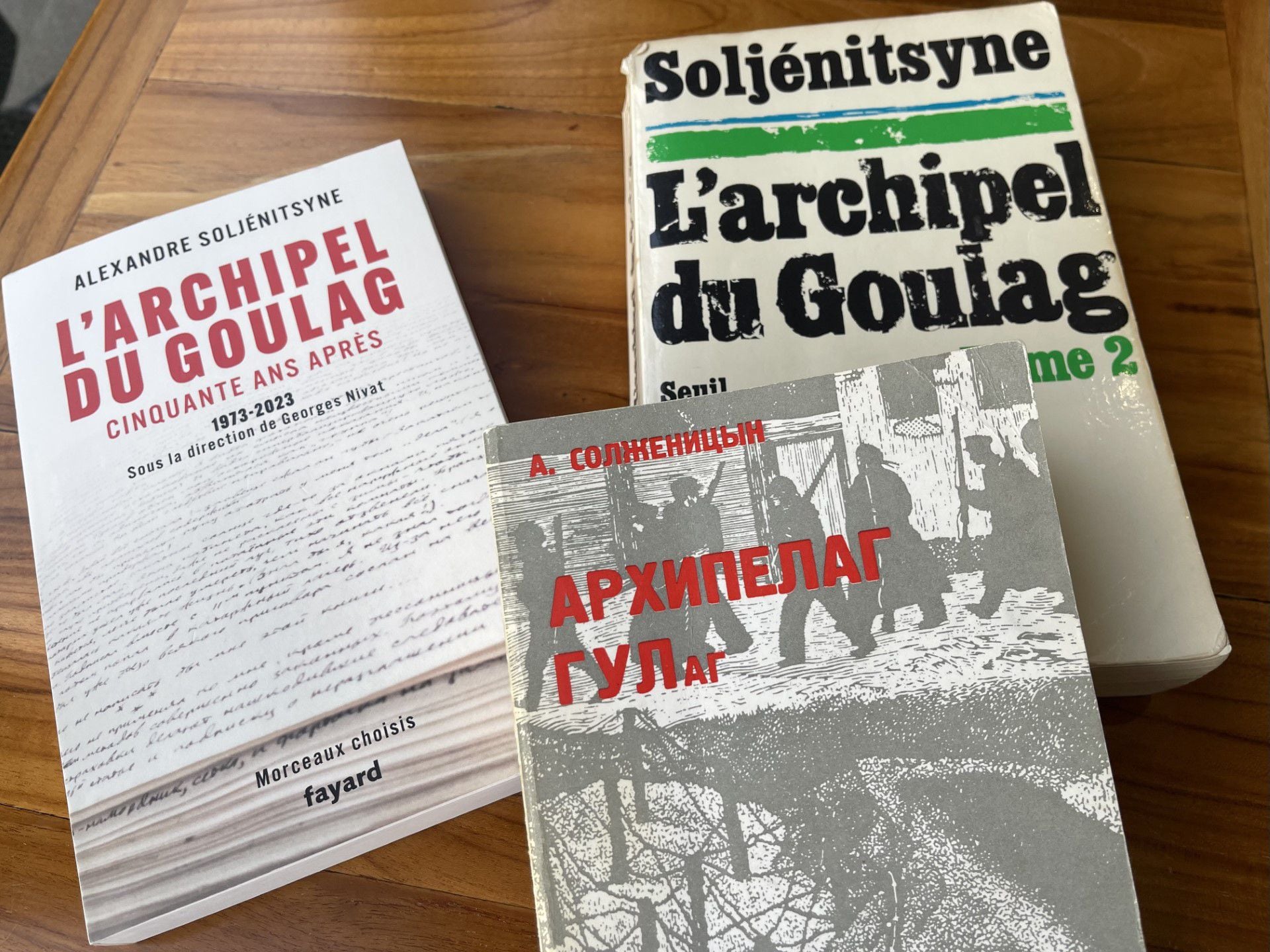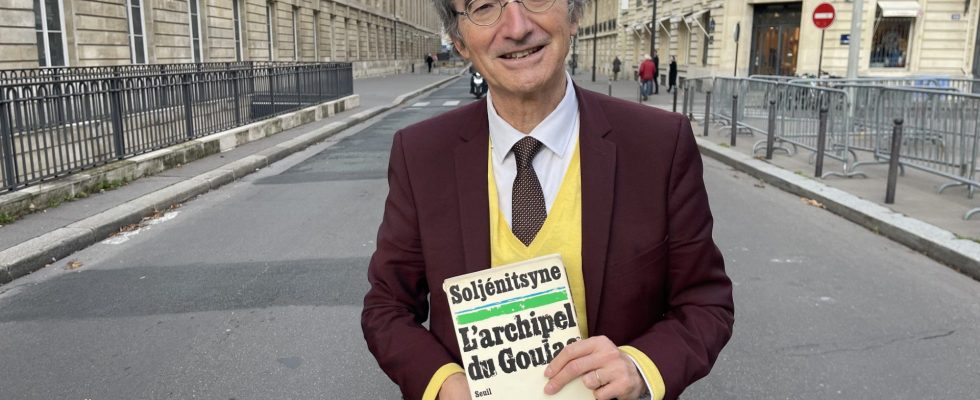Rarely has a book weighed so heavily on contemporary history. He is one of those who changed the face of the world by definitively cracking the image of the USSR and, ultimately, by contributing to its fall. Half a century after its publication on December 28, 1973 in Paris (where the manuscript arrived clandestinely in the form of microfilms), it is difficult to imagine the phenomenon represented, upon its release, The Gulag Archipelagoa major work by Alexander Solzhenitsyn which deals with the prison system and forced labor in the Soviet Union.
“It was like an avalanche, or rather like the cry that triggers the avalanche,” remembers the historian specializing in the Russian world George Nivat, about the shock that then followed, particularly in France, where leniency lived -against Soviet terror was felt more than anywhere else, including in Italy. In the newspapers, in the family, in Saint-Germain-des-Prés, within political parties, on the radio and television, The Gulag Archipelago is the subject of a multitude of debates. “It was not the first book on the Soviet concentration camp world, but it was the most global,” observes former deputy (Les Républicains) Hervé Mariton, a specialist in Solzhenitsyn and a Russian speaker. The richness of this work comes from the fact that it is at the same time a collection of testimonies, an analysis of the totalitarian system and a meditation of universal value on the human soul in the face of evil. »
In the Paris of the 1970s, this “literary investigation essay”, as the author defines it, is not always welcome. If, on the right, The Archipelago validates what we already know about the USSR, the left is hampered around the edges. In the midst of the process of uniting the left, a large section of the Socialist Party fears offending the sensibilities of the PCF communists. Aligned with the USSR, they carry almost as much electoral weight as François Mitterrand and his supporters. The general secretary of the PCF, Georges Marchais, attacks Soljenitsyn without being contradicted.
“Solzhenitsyn confronts Russians with their history”
“The idea that there should be no enemies on the left prevailed over the rest,” points out Hervé Mariton. We were able to observe the same thing within Nupes, between the Socialist Party and La France insoumise. » Added to this was a lively anti-Americanism which, at the time, protected the USSR as, to a lesser extent, it protects Vladimir Putin today. On New Year’s Eve 1974, the first edition of The Archipelago is also printed without the knowledge of the workers of the CGT (communist) Book Union for fear that they would block its publication. “But, ultimately,” continues Georges Nivat, “ The Archipelago will have opened the eyes of many people, including those of Bernard-Henri Lévy and Philippe Sollers. »
For fifty years, the successive publications of The Archipelago are a Franco-Russian adventure. Completed in Estonia in 1968 on a farm in the Soviet republic of Estonia, the manuscript was sent clandestinely to France from 1971, in fragments, in the form of microfilms. The smugglers responsible for this delicate mission are called “the invisibles”. At the end of 1973, one of them was arrested in Moscow by the KGB. And tortured. Alerted, Solzhenitsyn then instructed his Parisian contacts to publish volume I in Russian. The printer, Daniel Berserniak, is a relative of Asterix screenwriter René Goscinny!
The first of The Archipelago appeared just before New Year 1974 in Russian by YMCA-Press, a publisher located on the Sainte-Geneviève mountain in the 5th arrondissement of Paris. A commemorative plaque will soon be attached to the facade of the building. Volume II appeared shortly after, at the beginning of 1974, as did the French translation of the two volumes by Editions du Seuil. L’s rights‘Archipelago today belong to Fayard which has just published a commented edition(1) with pieces chosen by the historian Georges Nivat.
“This major book remains relevant at a time of Russian massacres in Ukraine, in Israel by Hamas or of Palestinians in Gaza,” said the latter. Because it asks a fundamental question: how do certain men manage to leave the human race to become executioners? » The Archipelago also evokes the moral elevation and strength of individuals confronted with evil. “Solzhenitsyn confronts the Russians with their history and he allows us, Westerners, to understand it,” says Mariton. He adds: “Certainly, Solzhenitsyn was a nationalist. But, despite his recovery by Putin, he was not a Slavophile or an anti-Semite. On the contrary, the writer admires Baltic heroism, Ukrainian nationalism and highlights Jewish characters. » And if the 1970 Nobel Prize for Literature judges that the destinies of Russia and Ukraine are linked, he also declares that he would forbid his sons from fighting in the event of a war against the latter country.
Well before its publication in Russia in the 1990s, Natalia Turine, a Franco-Russian editor based in Paris, remembers reading The Archipelago in the form of samizdat (clandestine manuscript). “We read it because it was forbidden. Now this brilliant book still has a lot to say to us, to Westerners and Russians alike. This is why it must be banned, says the iconoclastic boss of Louison Editions. The best way to get Russians back into it is to censor it. »
(1) The Gulag Archipelago, fifty years later, 1973-2023 (under the direction of Georges Nivat), by Alexandre Soljenitsyne (Fayard), 30 euros.
Some dates
[1945Solzhenitsynsentencedtoeightyearsinalaborcamp
1973 Publication in Paris of The Gulag Archipelago.
1974 Expelled from USSR (return in 1994).

